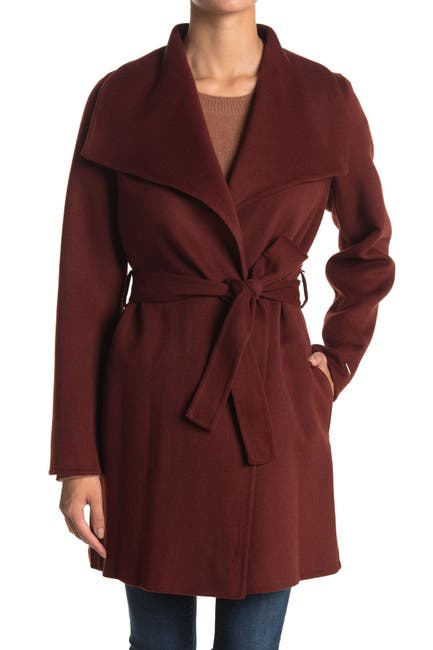Cavalry Fleece Lined Quilted Jacket – BARBOUR
An equestrian-inspired jacket sporting allover diamond quilting and a cozy fleece lining offers lightweight warmth without the bulk.
An equestrian-inspired jacket sporting allover diamond quilting and a cozy fleece lining offers lightweight warmth without the bulk. An elasticized waist inset and dipped hem in back refine the silhouette.
- 27 1/2″ length (size 8).
- Two-way front zip closure.
- Front snap-flap pockets; interior pocket.
- Polyester lining.
- 100% polyamide; machine wash warm, tumble dry low.
- By Barbour; imported.
- Coats.
- Item #569960
Additional information
| SIZE INFO | Sizes 2-8 run small; size 10 is true to size; and sizes 12-14 run large. |
|---|






by Olanda
So soft , color is so pretty
by Tamara
Very flattering fit. I did size up to an 8 based on other reviews as I typically wear a small or a 4. It will be perfect to wear with thicker shirts or sweaters in the fall.
by Cynthia
I am 4’10 and 105 lbs . I ordered size 4 and fits perfectly on me. It’s a light jacket and the lining is soft and comfortable. I highly recommend.
by Teveda
It fits perfectly and it looks great. Love it.